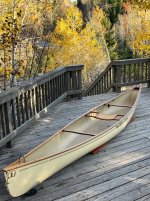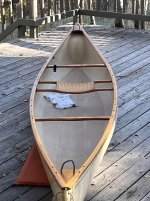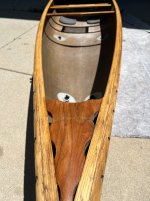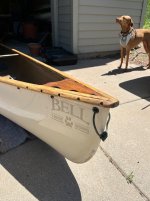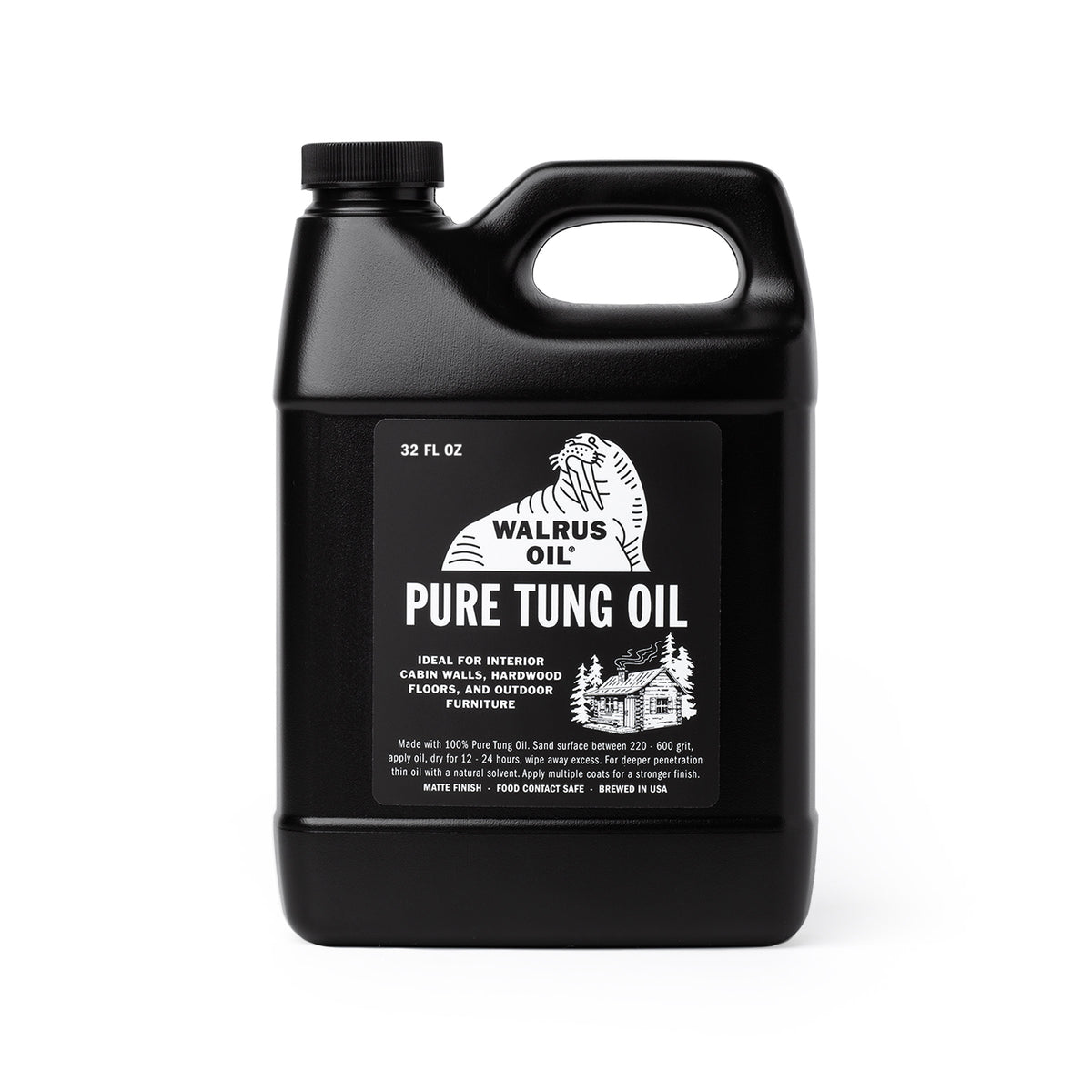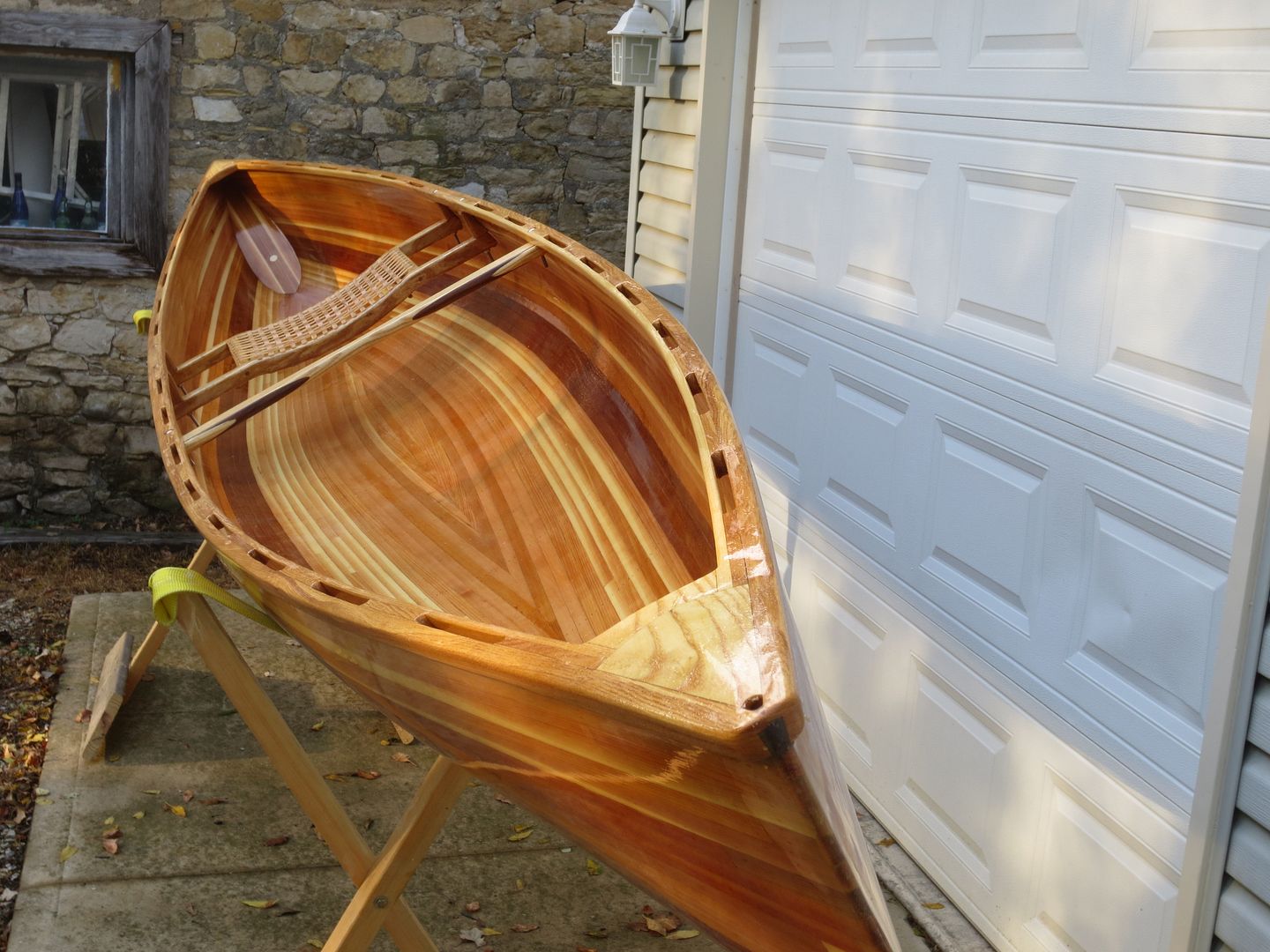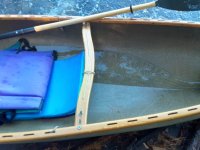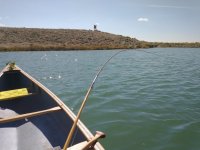I use a lot of spar varnish on my boats that have been coated with an epoxy. I do not enjoy working with varnish, but I feel it's necessary in that instance. I hate redoing the varnish, but unfortunately it's a frequent task for me.
Anytime I have wood without epoxy, I use some sort of oil. For years I used tung oil on all my paddles and wood trim in canoes and other boats. Since purchasing a new Northstar Seliga with wood trim two years ago, I have been introduced to Watco Exterior oil. I can't say how Watco compares to other oils for long term protection, but it's easy to apply and looks and feels fantastic.
I enjoy the process of oiling wood, I find it very satisfying, not a chore. A couple times a year I grab a good cotton rag and a can of oil and I oil every paddle, the wood trim on the Seliga and older Bell Northwind and any furniture and wood handled tools I can think of. As a matter a fact I see the coffee table in the living room could use a coat of oil, maybe today's a day to oil everything that's not stored out in the cold.
Anytime I have wood without epoxy, I use some sort of oil. For years I used tung oil on all my paddles and wood trim in canoes and other boats. Since purchasing a new Northstar Seliga with wood trim two years ago, I have been introduced to Watco Exterior oil. I can't say how Watco compares to other oils for long term protection, but it's easy to apply and looks and feels fantastic.
I enjoy the process of oiling wood, I find it very satisfying, not a chore. A couple times a year I grab a good cotton rag and a can of oil and I oil every paddle, the wood trim on the Seliga and older Bell Northwind and any furniture and wood handled tools I can think of. As a matter a fact I see the coffee table in the living room could use a coat of oil, maybe today's a day to oil everything that's not stored out in the cold.


